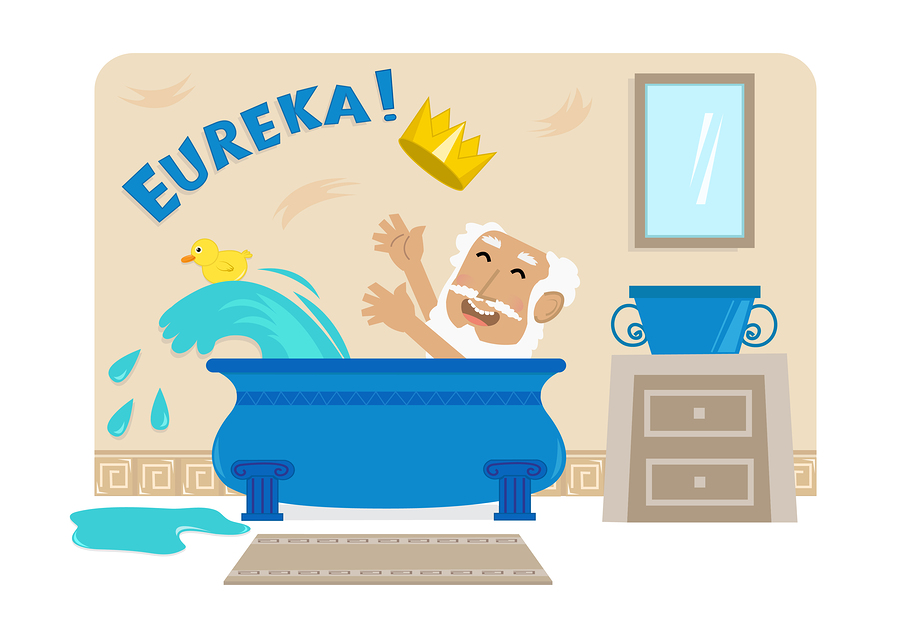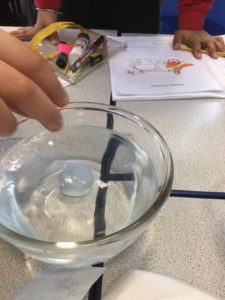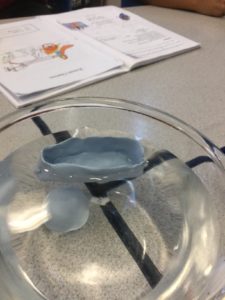The next stop on our travels through time has been the Viking Ages. Year 4 have looked closely at the boats used by these fearsome warriors.
“The boats needed to be strong to carry so many men,” stated Sami.
“Why did they come across the seas?” enquired Jessica.
Following some research the children found out some very interesting facts about the boats.

Though Viking boats came in many shapes and sizes, the most iconic and effective Viking vessel was undoubtedly the long ship. Long, narrow and flat, long ships were fast, durable and capable of navigating both choppy seas and shallow rivers. They were also light enough to be carried over land.
Then, came the question, “How do boats float?”
We discussed that boats, canoes, ships, kayaks, and rafts all have one thing in common- they are used for transport on seas and rivers, because they float.
It’s easy to figure out that if they are made out of wood they will float, because wood floats in water. However, when you see a huge cargo ship or a cruise-liner that looks like a floating building on the water, you can’t help but wonder why this massive chunk of metal doesn’t sink.
Due to the curiosity of the children wanting to find out more about floating, our lesson took a slight scientific diversion.
Using just a bowl of water, some weighing scales and Blu Tac, I gave the children a question.
“If two objects have the same mass, will they both float?”
The class used some prior knowledge and were able to make great scientific predictions.
“No, they will both sink because the objects are the same weight.”
“It depends on the shape of the object”.
“I think the air in the object will make a difference.”
“I predict that one will float. If the objects are different shapes then it depends how much water will be pushed away.” An excellent prediction from Harris!
“The heavier it is the more it will sink.”
“I remember learning about a man called Archimedes who sat in a bath and shouted Eureka! I think that was something about floating.”
This interesting fact then left the children inquisitive to know more about the man taking a bath.! Together, we found out about this great mathematician and why he became famous just for sitting in the bath!
The Archimedes’ Principle
A long time ago in ancient Greece, a mathematician named Archimedes was taking a bath. When he got in, a certain amount of water got displaced and overflowed over the rim of the tub. Why?
Archimedes figured out that if the weight of the object being placed in the water is less that the weight of the water displaced, the object will float. This is known as buoyancy or the Archimedes’ Principle.
 Following this new piece of scientific information it was time to get back to our experiment.
Following this new piece of scientific information it was time to get back to our experiment.

“If two objects have the same mass, will they both float?”

The solid ball of Blu Tac sank straight to the bottom. The Blu Tac shaped like a boat floated.
“Why?” I questioned the children.
“It is because the weight of the Blu Tac has been spread out across a bigger area.” stated Felix.
“The boat isn’t heavy enough to push the water out of the way.” said Albie.
I was so impressed with the questions asked by the children and by how inquisitive they were. Despite not starting off as a Science lesson, it was important to follow the children’s curiosities and this led them to further investigations, improved understanding and deepening scientific enquiry skills.
Well done Year 4!